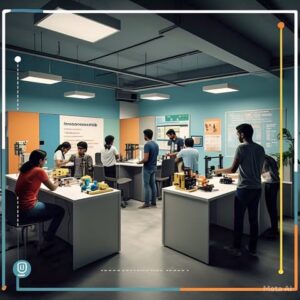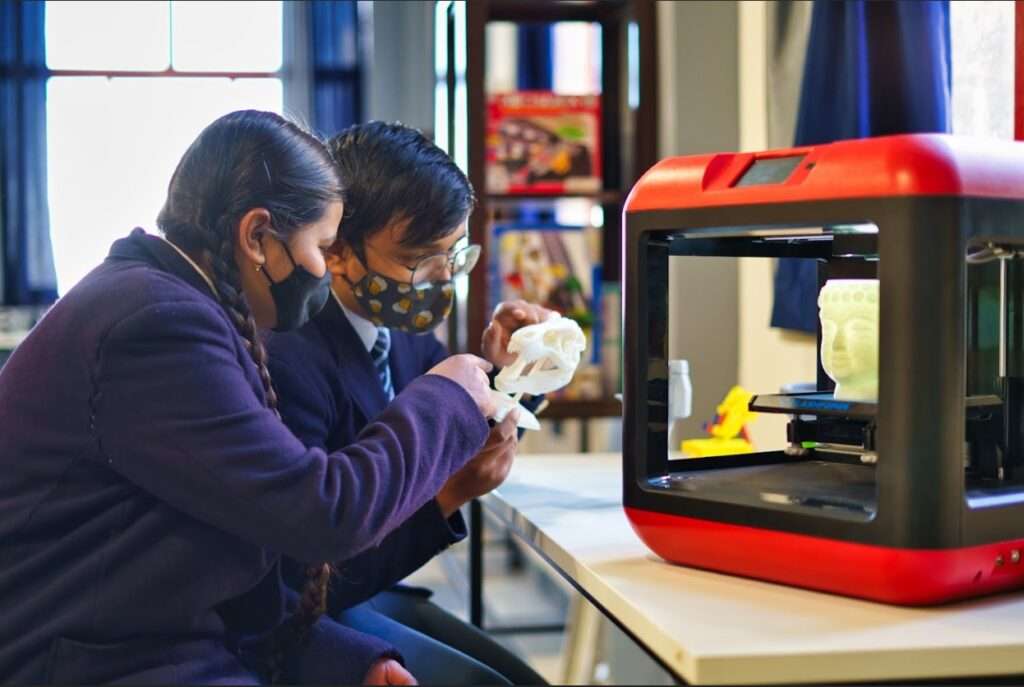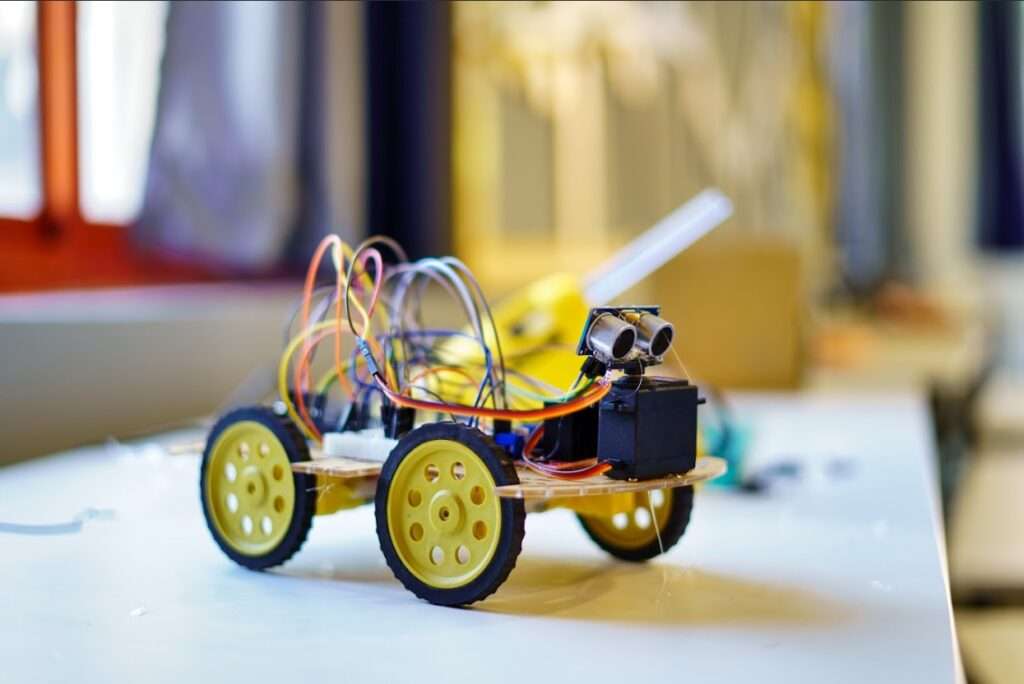Imagine a classroom where students are not just passively absorbing information, but actively engaging with mathematical concepts. Instead of mindlessly following algorithms, they are critical thinkers, problem-solvers, and creators. This is not a utopian dream; it’s a reality that can be achieved through innovative instructional approaches. In this blog post, we’ll explore how to foster a thinking classroom where math education goes beyond mimicry and empowers students to become lifelong learners.
The Problem with Mimicry in Maths
Traditional math instruction often falls into a pattern of mimicry, where students are expected to memorise procedures and apply them without understanding the underlying concepts. This approach can lead to boredom, disengagement, and a lack of critical thinking skills. When students are simply following steps without comprehending why they work, they are missing out on the opportunity to develop deeper mathematical understanding.
Creating a Thinking Classroom
To break free from the cycle of mimicry, educators need to create a classroom environment that encourages critical thinking and problem-solving. Here are some strategies to consider:
1. Random Groups and Whiteboards
One effective technique is to use random groups and whiteboards. By randomly assigning students to groups, you can promote collaboration and peer-to-peer learning. Whiteboards provide a visual space for students to share their ideas and work together to solve problems. This approach encourages students to think critically and communicate their mathematical reasoning.
2. Problem-Based Learning
Problem-based learning (PBL) is a powerful tool for fostering critical thinking. In PBL, students are presented with real-world problems that require them to apply their mathematical knowledge and skills. This approach encourages students to think creatively, analyse information, and develop solutions.
3. Consolidation and Empathy
Consolidation and empathy are essential components of a thinking classroom. Consolidation involves helping students connect new knowledge with their existing understanding. Empathy, on the other hand, involves understanding the perspectives of others. By fostering consolidation and empathy, you can help students develop a deeper appreciation for mathematics and its applications.
4. Non-Curricular Tasks
Non-curricular tasks can provide students with opportunities to explore mathematics in a more playful and engaging way. These tasks can include games, puzzles, and real-world challenges. By incorporating non-curricular tasks into your math instruction, you can help students develop a positive attitude towards mathematics and a lifelong interest in learning.
5. Vertical Surfaces
Using vertical surfaces, such as whiteboards or walls, can create a more dynamic and engaging learning environment. These surfaces can be used for group work, presentations, and brainstorming sessions. By utilising vertical surfaces, you can encourage students to think creatively and visualise mathematical concepts.
Data and Research
Research has shown that these strategies can be highly effective in promoting critical thinking and problem-solving in math classrooms. For example, a study by Boaler and Dweck found that students who were taught to focus on growth mindset and effort were more likely to develop positive attitudes towards mathematics and achieve higher levels of success.
By implementing these strategies, educators can create a thinking classroom where students are empowered to become critical thinkers, problem-solvers, and lifelong learners. By moving away from a focus on mimicry and towards a more inquiry-based approach, we can help students develop a deeper understanding of mathematics and its applications.
Inspire a New Generation of Mathematicians with Makers’Muse
If you are interested in learning more about how to create a thinking classroom, consider exploring the Makersmuse coding courses. These courses offer a variety of resources and tools to help educators foster critical thinking and problem-solving skills in their students. Explore Now !
By incorporating these strategies into your math instruction, you can inspire a new generation of mathematicians who are equipped to tackle the challenges of the 21st century.















